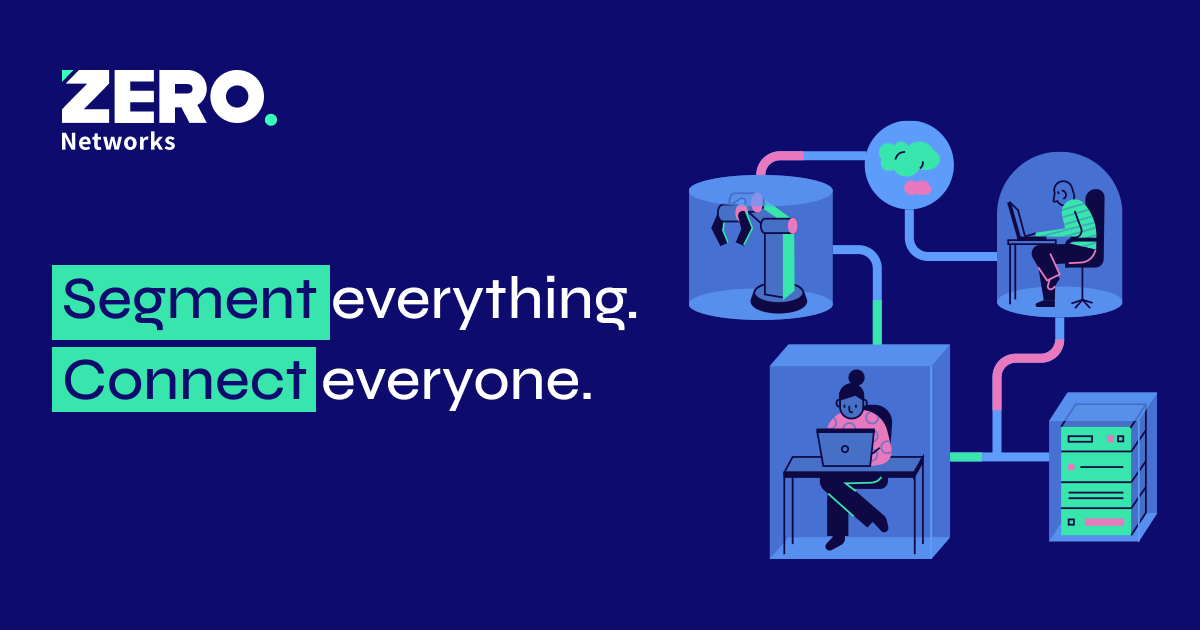Bridging the Tech Skills Gap: How to Cultivate an Internal Talent Pipeline
In today's rapidly evolving digital landscape, the demand for technology workers is skyrocketing. As industries across the globe undergo digital transformation, the need for skilled tech professionals has never been more critical.

According to CompTIA's State of the Tech Workforce 2023 report, tech occupation employment in the United States is projected to grow at about twice the rate of overall employment across the economy over the next decade. This surge underscores the urgency for organizations to address the widening tech skills gap.
A 2022 survey revealed that 42% of employers consider building a skilled workforce a top priority. However, several challenges persist, including the fast pace of technological change, insufficient investment in training, and retention struggles. These hurdles contribute to the ongoing skills gap, which threatens to impede organizational growth and success.
To bridge this gap, companies must focus on cultivating an internal talent pipeline through strategic upskilling, reskilling, and certifications. By aligning employee development efforts with organizational goals, businesses can not only fill critical roles but also foster a culture of continuous learning and innovation.
Upskilling and Reskilling: The Cornerstones of Talent Development
Upskilling involves enhancing the skills of current employees to meet the evolving demands of their roles. This approach not only boosts employee morale and engagement but also ensures that the workforce remains agile and adaptable. By investing in upskilling initiatives, organizations can empower their employees to take on more complex tasks and responsibilities, thereby driving productivity and efficiency.
Reskilling, on the other hand, focuses on training employees for entirely new roles within the organization. As technology continues to disrupt traditional job functions, reskilling becomes essential for retaining valuable talent and minimizing turnover. By providing employees with the tools and knowledge needed to transition into new roles, companies can mitigate the risk of skills obsolescence and maintain a competitive edge.
The Role of Certifications in Bridging the Skills Gap
Certifications play a pivotal role in validating the skills and expertise of tech professionals. They serve as a benchmark for competency and provide a structured pathway for career advancement. For employers, certifications offer a reliable means of assessing the capabilities of potential hires and existing staff. By encouraging employees to pursue relevant certifications, organizations can ensure that their workforce possesses the necessary skills to tackle emerging challenges and seize new opportunities.
Aligning Employee Development with Organizational Goals
To maximize the impact of upskilling, reskilling, and certifications, organizations must align their employee development efforts with strategic objectives. This requires a comprehensive understanding of current and future skills needs, as well as a commitment to fostering a culture of learning and growth. By integrating talent development into the broader business strategy, companies can create a sustainable pipeline of skilled professionals who are equipped to drive innovation and success.
Bridging the tech skills gap is not just a matter of filling vacancies; it's about cultivating a dynamic and resilient workforce that can adapt to the ever-changing technological landscape. By prioritizing upskilling, reskilling, and certifications, organizations can build an internal talent pipeline that supports long-term growth and competitiveness. As the demand for tech workers continues to rise, those who invest in their employees' development will be best positioned to thrive in the digital age.
Related Articles
Join The GBI Impact Community
Sign up to make an impact and hear about our upcoming events
By registering anywhere on the site, you agree with our terms and privacy policy



